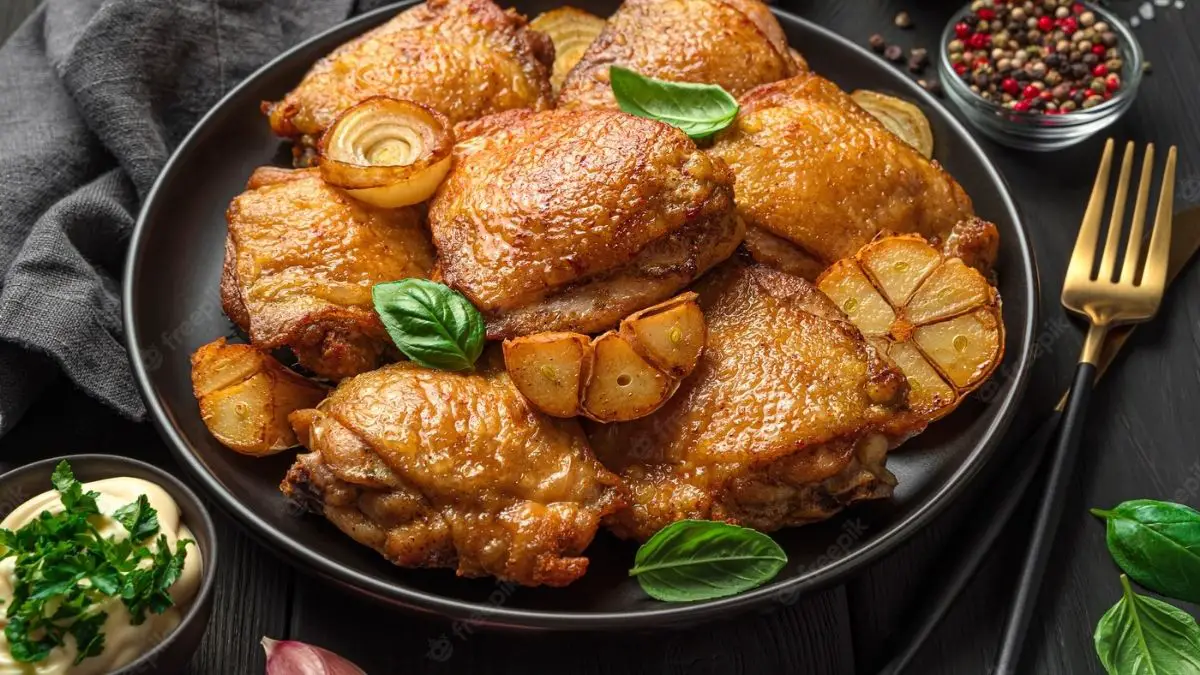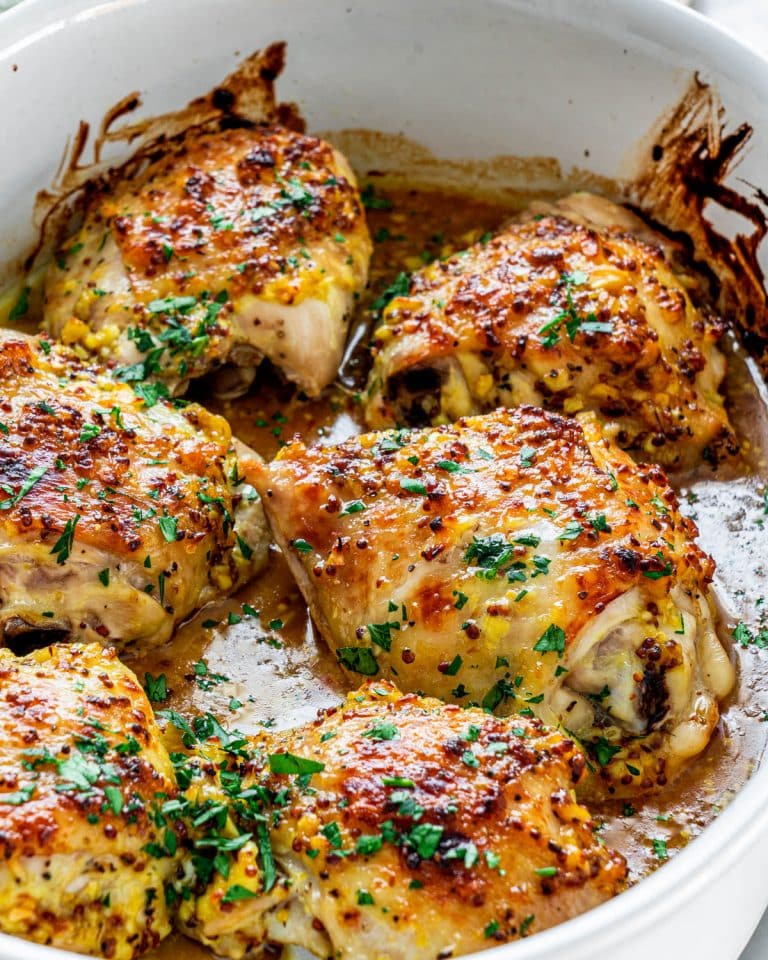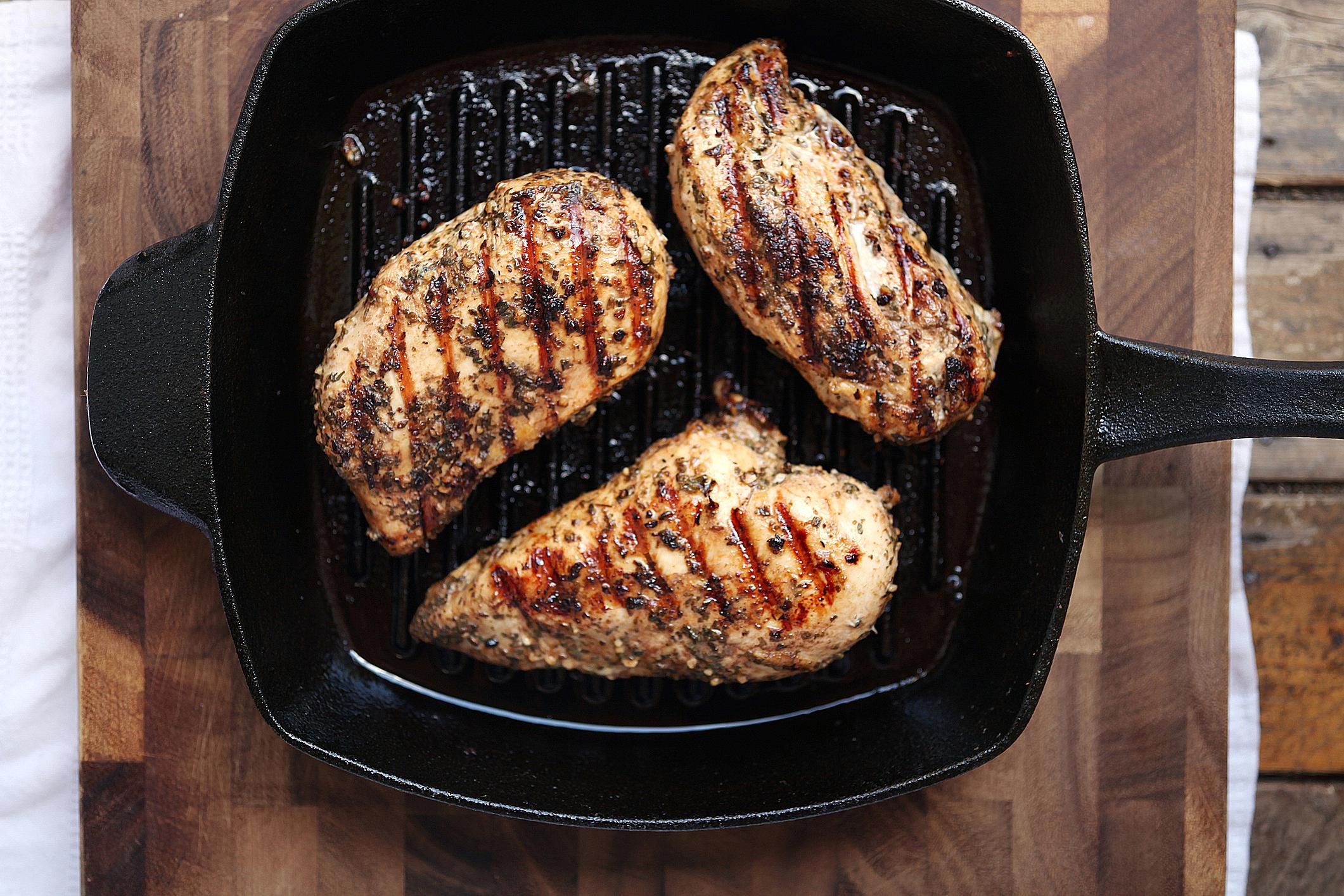Cooking Boneless Chicken Thighs on the Stove
I. Introduction to Cooking Boneless Chicken Thighs on the Stove

When it comes to cooking boneless chicken thighs, the stovetop is a versatile and efficient option. In this guide, we will explore the reasons why boneless chicken thighs are a great choice for stovetop cooking, as well as the steps for preparing and cooking them.
A. Why Choose Boneless Chicken Thighs?
- Flavorful and Juicy Meat: Boneless chicken thighs are known for their rich flavor and juicy texture. The higher fat content in thighs compared to chicken breasts contributes to their moistness and tenderness.
- Versatility in Cooking Methods: Boneless chicken thighs can be cooked using various methods, including pan frying, searing, and braising, making them suitable for a wide range of recipes and flavor profiles.
B. Benefits of Stovetop Cooking
- Quick and Efficient Cooking Time: Cooking boneless chicken thighs on the stovetop allows for quicker cooking compared to other methods such as baking or grilling, making it a practical option for busy individuals.
- Control over Heat and Browning: Stovetop cooking gives you precise control over the heat, allowing you to achieve the desired level of browning and caramelization on the chicken thighs.
II. Preparing Boneless Chicken Thighs for Stovetop Cooking
Proper preparation of boneless chicken thighs is essential for ensuring flavorful and safe-to-eat results.
A. Seasoning and Marinating Techniques
- Basic Seasoning Options: Season the chicken thighs with salt, pepper, and any other desired herbs or spices. Seasoning can be as simple as salt and pepper or can be customized with additional flavors such as garlic powder, paprika, or dried herbs.
- Marinating for Enhanced Flavor: Marinating chicken thighs can infuse them with additional flavors and tenderize the meat. Marinate the thighs in a mixture of herbs, spices, acids (such as citrus juice or vinegar), and oils for at least 30 minutes, or ideally overnight in the refrigerator.
B. Proper Handling and Storage of Chicken Thighs
- Thawing Frozen Thighs: If using frozen boneless chicken thighs, thaw them in the refrigerator overnight or under cold running water. Avoid thawing at room temperature to prevent bacterial growth.
- Safe Food Handling Practices: Ensure proper hygiene by washing hands, utensils, and cutting boards thoroughly after handling raw chicken. Store chicken thighs in a sealed container in the refrigerator to prevent cross-contamination.
III. Stovetop Cooking Techniques for Boneless Chicken Thighs
There are several stovetop cooking techniques that work well for boneless chicken thighs.
A. Pan Frying Boneless Chicken Thighs
- Preheating the Pan and Adding Oil: Heat a skillet or frying pan over medium-high heat and add a small amount of oil or butter. Allow the oil to heat up before adding the chicken thighs.
- Cooking Time and Temperature Guidelines: Cook the chicken thighs for about 6-8 minutes per side, or until they reach an internal temperature of 165°F (74°C). Flip them halfway through the cooking time to ensure even browning and cooking.
B. Searing and Braising Chicken Thighs
- Achieving a Golden Crust: Heat oil in a skillet over medium-high heat. Add the chicken thighs, skin-side down, and sear them for about 5-6 minutes, or until a golden crust forms. Flip the thighs and sear the other side for an additional 3-4 minutes.
- Adding Liquid and Slow Cooking: Once the thighs are seared, add a liquid such as broth, wine, or a flavorful sauce to the skillet. Reduce the heat to low, cover the skillet, and simmer the chicken thighs for about 20-25 minutes, or until they are cooked through and tender.
IV. Checking Doneness and Internal Temperature

To ensure that boneless chicken thighs are cooked to perfection, it’s important to rely on visual cues as well as internal temperature measurements.
A. Visual Cues for Cooked Chicken Thighs
- Browning and Caramelization: The chicken thighs should develop a golden brown color on the outside. This indicates that the heat has penetrated the meat and caramelization is occurring, adding flavor and texture.
- Cutting into the Thighs for Juiciness: Another visual cue is to make a small incision in the thickest part of the thigh. The juices should run clear, not pink or red. If the juices are clear, it suggests that the chicken is cooked through and juicy.
B. Using a Meat Thermometer for Accuracy
While visual cues can be helpful, using a meat thermometer is the most accurate way to ensure that boneless chicken thighs are cooked to the appropriate internal temperature.
- Recommended Internal Temperature for Chicken: The USDA recommends cooking boneless chicken thighs to an internal temperature of 165°F (74°C). This ensures that the chicken is safe to eat and eliminates the risk of any harmful bacteria.
- Proper Placement and Reading Techniques: When using a meat thermometer, insert it into the thickest part of the chicken thigh, avoiding contact with the bone. Wait for a few seconds until the thermometer reading stabilizes, and then take note of the temperature.
V. Resting and Serving Boneless Chicken Thighs
After the boneless chicken thighs have reached the desired internal temperature, it’s important to allow them to rest before serving to maximize juiciness and flavor.
A. Allowing the Meat to Rest

- Benefits of Resting Time: Resting the chicken allows the juices to redistribute throughout the meat, resulting in a more tender and flavorful final product. It also helps to retain moisture and prevents the juices from running out when the chicken is cut.
- Tenting with Foil for Moisture Retention: To keep the chicken warm and moist during the resting period, tent it loosely with aluminum foil. This traps the heat and prevents it from escaping.
B. Serving Suggestions and Flavor Combinations
Once the boneless chicken thighs have rested, they are ready to be served. Consider the following serving suggestions and flavor combinations:
-
Pairing with Side Dishes and Sauces: Boneless chicken thighs can be served with a variety of side dishes such as roasted vegetables, rice, or mashed potatoes. They can also be accompanied by sauces or gravies that complement the flavors of the chicken, such as lemon herb sauce, barbecue sauce, or garlic butter sauce.
-
Garnishing and Presentation Tips: To enhance the visual appeal of the dish, garnish the boneless chicken thighs with fresh herbs, such as parsley or cilantro. Consider adding a squeeze of lemon or lime for a burst of citrus flavor. Arrange the chicken thighs on a platter or individual plates in an appealing manner, taking care to present them in an appetizing way.
Cooking boneless chicken thighs on the stove is a simple and flavorful way to enjoy tender and juicy meat. This comprehensive guide has provided step-by-step instructions for preparing, seasoning, and cooking boneless chicken thighs on the stovetop. By following the recommended cooking techniques, checking for doneness, and allowing the meat to rest, you can achieve perfect results every time. Experiment with various seasonings, flavors, and serving options to create a meal that suits your taste preferences. Whether you’re cooking for a quick weeknight dinner or entertaining guests, stovetop cooked boneless chicken thighs are sure to be a crowd-pleaser. So, grab your skillet, season your chicken, and savor the deliciousness of perfectly cooked chicken thighs on the stove.
